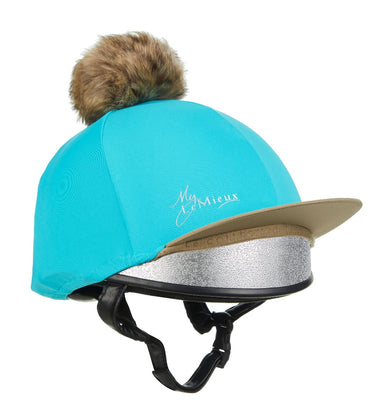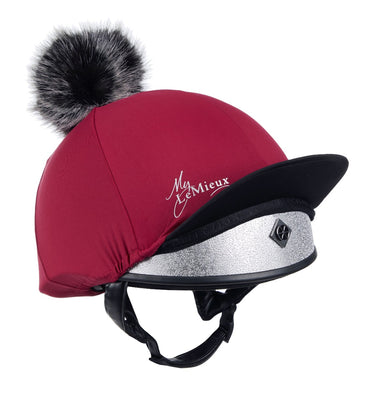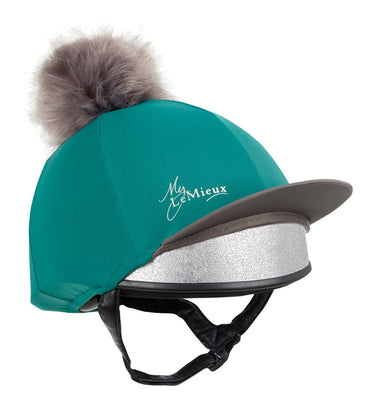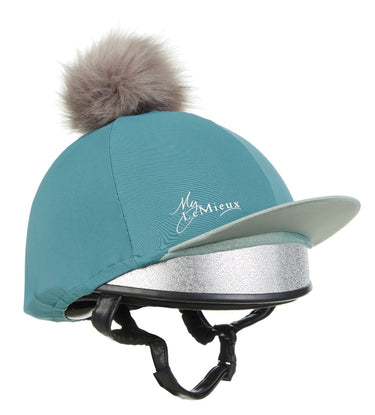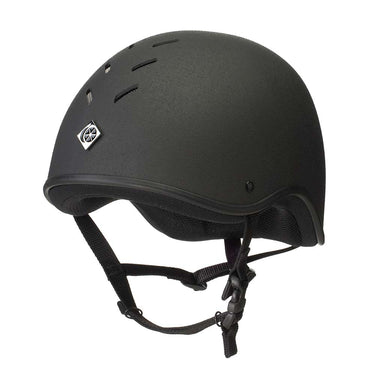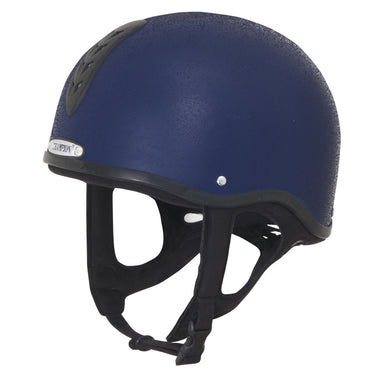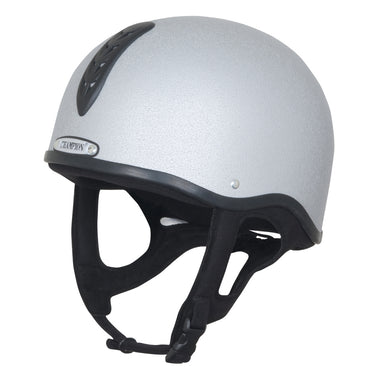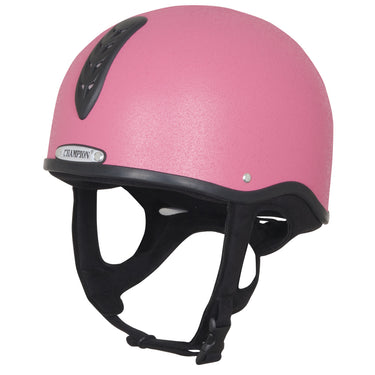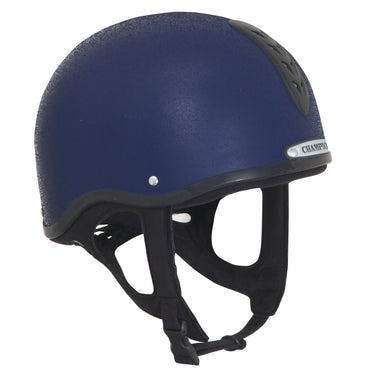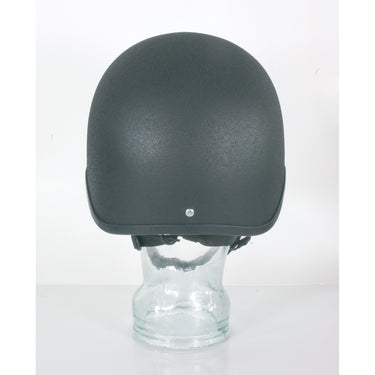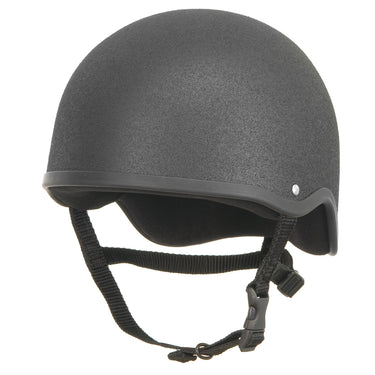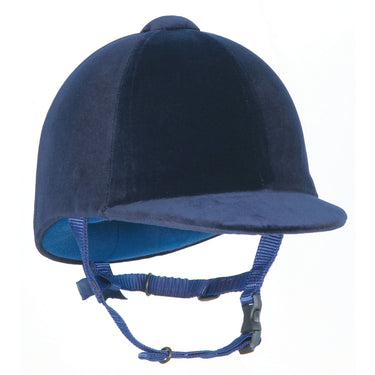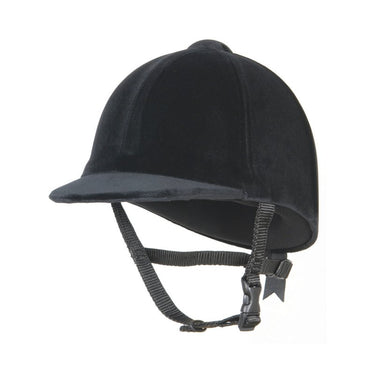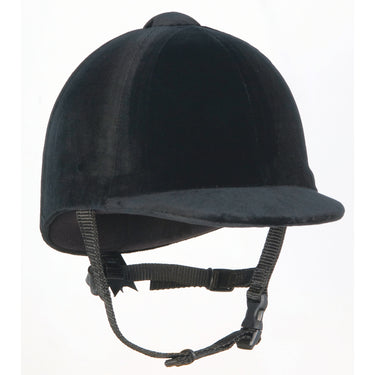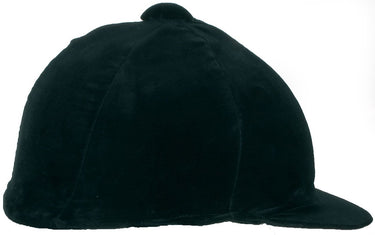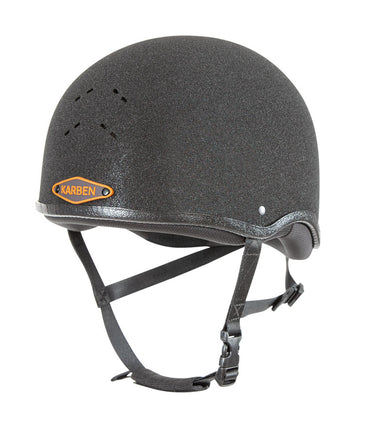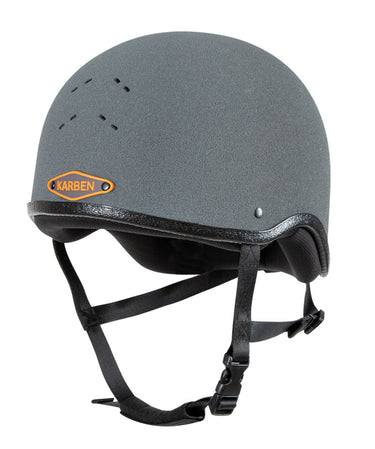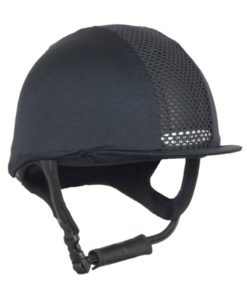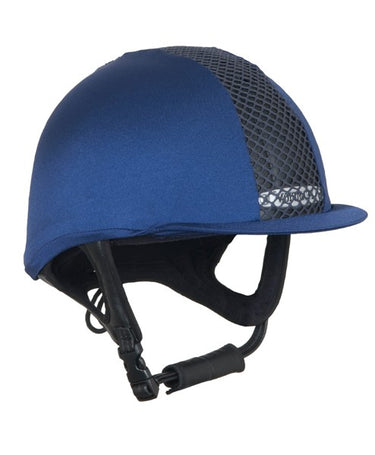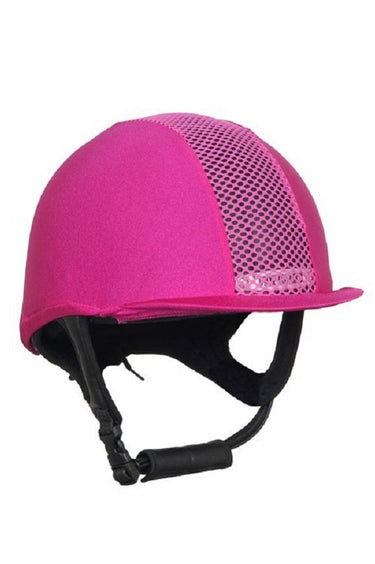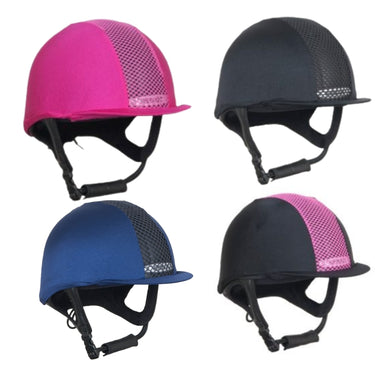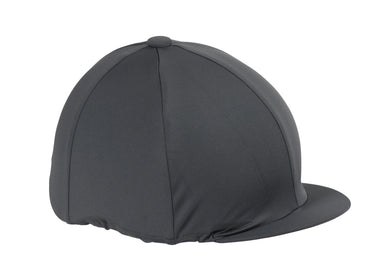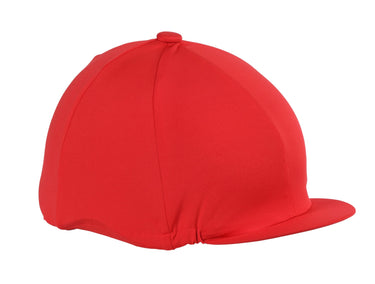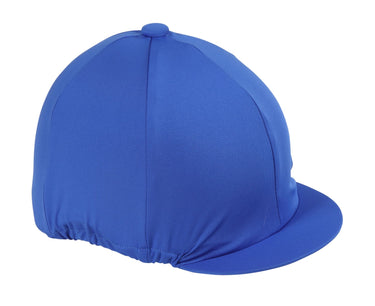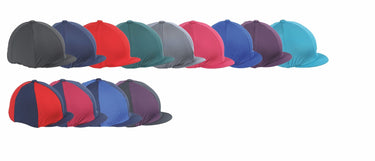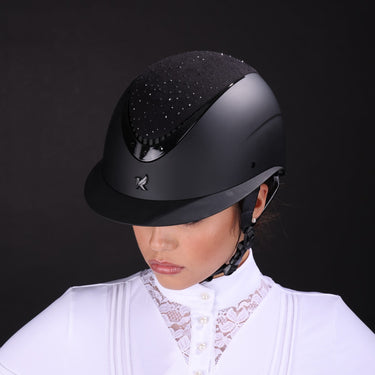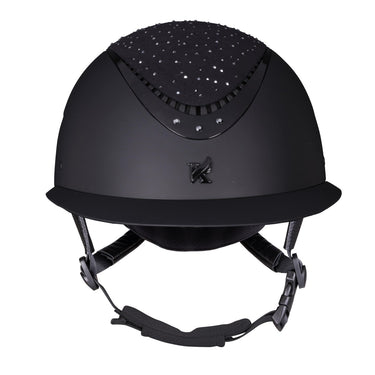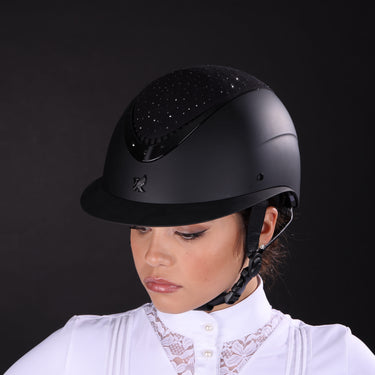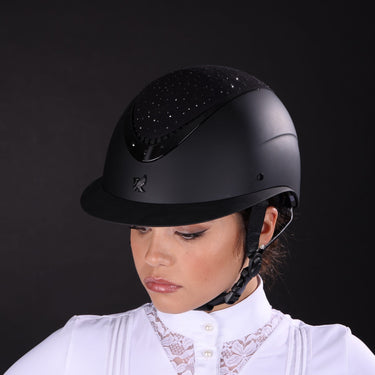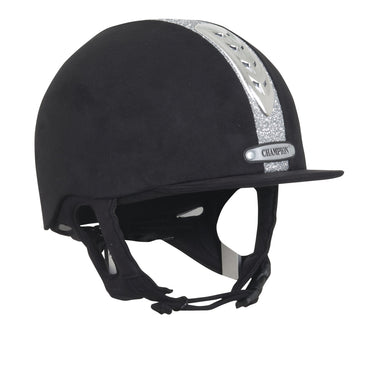Riding Hat Fitting Guide
< Back to all size guidesYour riding helmet is one essential piece of safety equipment that we would highly recommend you wear every time you are riding and handling horses - it could save your life. You only have one head, so protect it as best you can in a helmet that properly fits you.
A correctly fitting riding helmet will be comfortable, secure and properly protect your head from injury should you fall or have an accident. We've put together this fitting guide to help you measure for your riding helmet and what to look for in terms of a good fit, but we would always recommend getting your riding helmet properly fitted by a qualified professional. As a high risk sport, horse riding requires us to have some forethought in keeping ourselves safe and preventing injury so your riding helmet is the most important purchase you'll make.
Which type of riding hat should I buy?
Different types of helmets are available on the market to suit your preferences, budget and your ridden discipline. All helmets we offer comply with the latest safety standards for your peace of mind while meeting the requirements for riding schools and legal riding at competitions.
The all-rounder
A simple jockey skull helmet is a great choice for all-round riding and can be worn for any discipline. They are designed for optimum safety and while they perhaps don't look the most flattering, you can pair a jockey skull cap with a hat silk of your choice for a customised look. Because these helmets don't have a peak, you can safely ride cross country in them. Equally, they are fine to wear for dressage, show jumping, hacking and general riding.
A peaked helmet
Peaked riding hats may be a more appealing and flattering design for you and can be worn for most disciplines. The only discipline you cannot wear a peaked helmet for is cross country - any helmets with noticeable protuberances to the front/above the eyes are not allowed, due to the increased risk of neck injury if you fall at speed and the helmet digs into the ground.
Adjustable riding hats
Adjustable helmets have increased in popularity recently, offering a more bespoke fit that can be easily achieved and adjusted. There are a few different styles on the market, either with a dial adjustment system or with sized liners.
Measuring your head for a riding hat
Take your head measurement using a soft fabric measuring tape. If you have long hair, tie it in a low ponytail.
Wrap the tape measure around the widest part of your head (over your hair). It should follow a line about ¾ inch above your eyebrows, just above the ear line and around the bump at the back of your head. Take this measurement in centimetres. Repeat this measurement a couple of times for the most accurate sizing.
Use the chart to convert your measurement into the closest helmet size. If you are between two sizes, either round up to the larger size or ideally try on helmets in both sizes to decide which offers the snuggest fit.
Head shape is an important factor when choosing a riding hat, and one of the main reasons why we would suggest you are fitted by a professional. Your head may be more of a round shape or oval shape, which will affect how helmets fit. Charles Owen offer round and oval profiled helmets to provide a more comfortable fit for you. Brands offering one shell shape will suit some head profile shapes more than others.
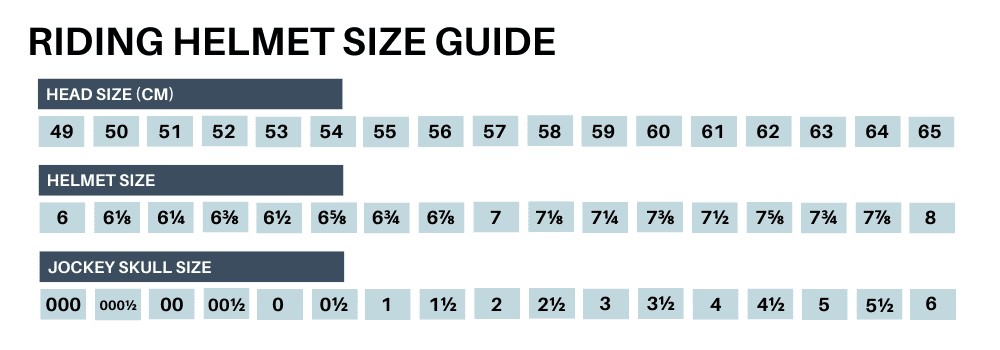
Your new riding hat
Your helmet may feel a bit uncomfortable for the first few times you wear it as it moulds to the shape of your head. You should feel firm, even pressure all around the helmet with no specific pressure points or gaps. There a number of things you can feel and look for to double-check that your helmet fits correctly.
- The helmet should "lock" onto the back of the skull
- It should sit level your the head, covering your forehead and leaving about in inch above the eyebrows
- When the harness is unfastened, your helmet shouldn't rock backwards or forwards
- The harness laces at the back of your hat should be tightly secured
- When you fasten the chin strap, it should sit just under the chin and gently touch the bottom of the ear lobe, avoiding the throat

